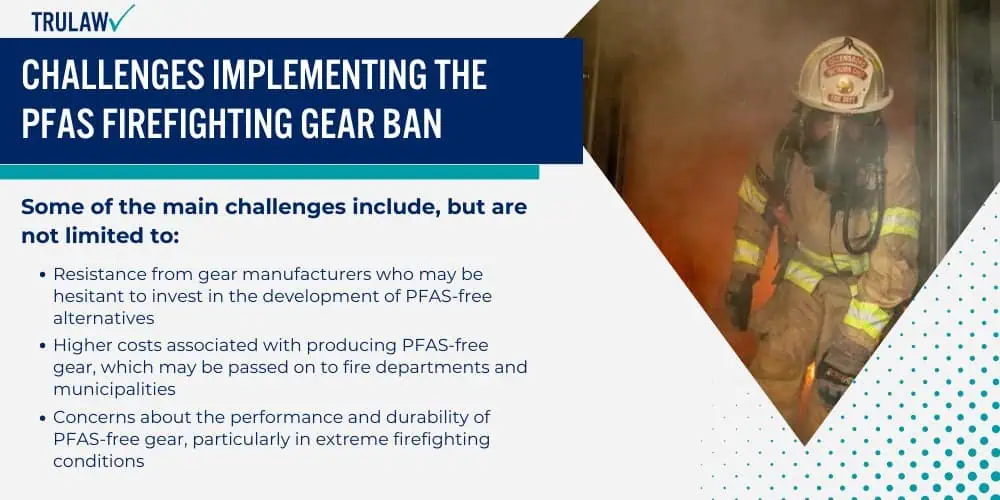Investigating the health implications of PFAS chemical exposure is crucial for understanding the importance of the PFAS firefighting gear ban.

The PFAS firefighting gear ban is crucial to protecting the health and safety of fire service men and women nationwide.
Importance of Eliminating PFAS from Firefighting Gear
Eliminating PFAS from firefighting gear is essential for protecting the health and well-being of firefighters, who are at a higher risk of exposure due to the nature of their work.
Firefighters are exposed to PFAS through various pathways, including inhalation, ingestion, and dermal absorption, which can lead to a range of adverse health effects.
Studies have shown that firefighters have higher levels of PFAS in their blood compared to the general population, highlighting the need for action to reduce their exposure.
Eliminating PFAS from firefighting gear can significantly reduce the risks associated with these chemicals and ensure a safer working environment for our first responders.
Health Risks Linked to PFAS in Firefighting Gear
Exposure to PFAS has been linked to various health risks, particularly concerning for firefighters who are regularly exposed to these chemicals through their gear and equipment.
Some of the health risks associated with PFAS exposure include, but are not limited to:
- Increased risk of certain cancers, such as testicular and kidney cancer
- Elevated cholesterol levels and liver damage
- Immune system dysfunction and reduced antibody response to vaccines
- Thyroid disorders and hormonal imbalances
- Pregnancy complications and developmental issues in children
These health risks underscore the importance of eliminating PFAS from firefighting gear and finding safer alternatives to protect the health of our firefighters.
Tru Law is dedicated to advocating for the rights of firefighters affected by PFAS exposure and ensuring they receive the support and compensation they deserve.








